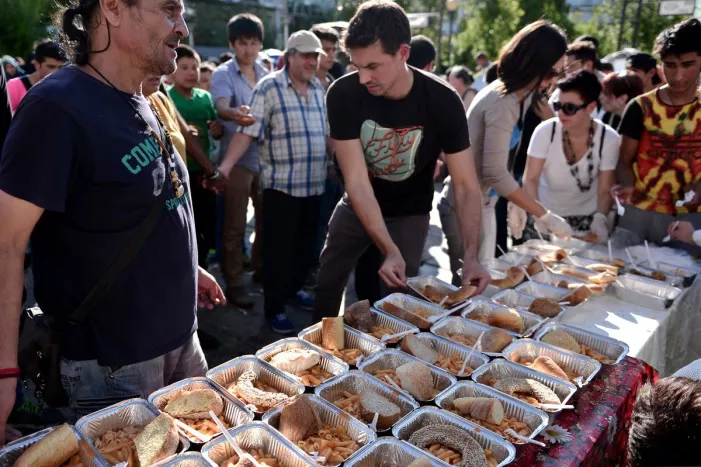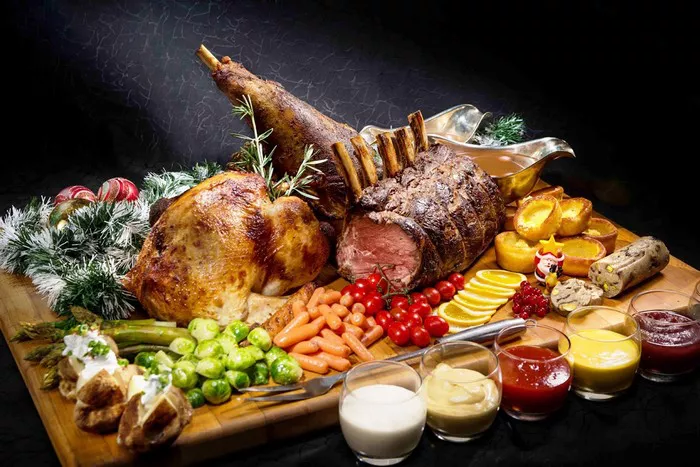In the wake of mounting concerns over inflation, particularly in food prices, there is a growing consensus that the current approach of aggressively curbing food inflation may require a more nuanced and balanced strategy. The necessity for this shift is underscored by the fact that the inflationary pressures have now largely concentrated on the essential dietary staples, dal (pulses) and roti (bread).
As of August, consumer food prices witnessed a year-on-year increase of 9.9%, with overall retail inflation standing at 6.8%. This surge in inflation, which significantly surpasses the target of 4% and the upper tolerance limit of 6% set by the Reserve Bank of India (RBI), has raised significant alarm bells.
The RBI, in its recent statement issued by the monetary policy committee, acknowledged the seriousness of the situation. The statement noted, “…the unprecedented food price shocks are impinging on the evolving trajectory of inflation, and [the] recurring incidence of such overlapping shocks can impart generalization and persistence.”
These concerns are not unique to the RBI, as they extend to the Central Government, especially given the upcoming national elections slated for six months from now. During the 12 months leading to the Lok Sabha polls of April-May 2019, consumer food price inflation averaged a meager 0.4%. The government is acutely aware of the imperative to prevent inflation from spiraling out of control and translating into widespread inflationary pressures in the lead-up to the April-May 2024 elections.
However, it is becoming increasingly evident that the current approach, characterized by an aggressive stance to tackle food inflation indiscriminately, may yield unintended consequences, especially in states where farmers wield substantial political influence. This blanket approach could potentially lead to political backlash.
Furthermore, the changing dynamics of food inflation, which is now largely limited to dal-roti, calls for a more targeted and calibrated response. It is imperative to strike a balance between addressing inflationary pressures and safeguarding the interests of both consumers and the agricultural sector.
In conclusion, as India grapples with heightened food inflation, policymakers are urged to reevaluate their strategies. A more nuanced and region-specific approach may be required to navigate the complex terrain of inflation while ensuring political stability and economic well-being for all.



























